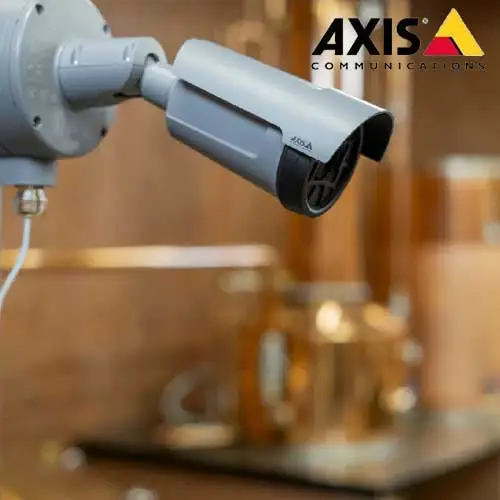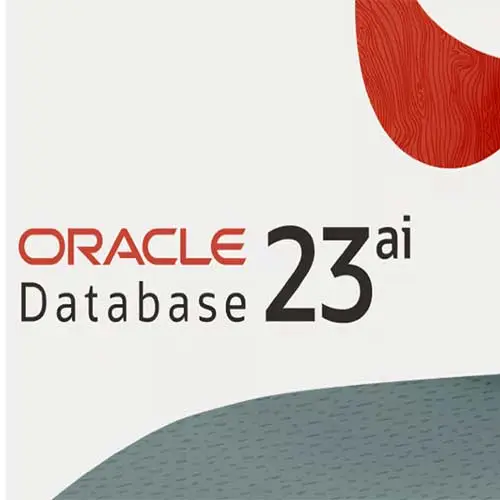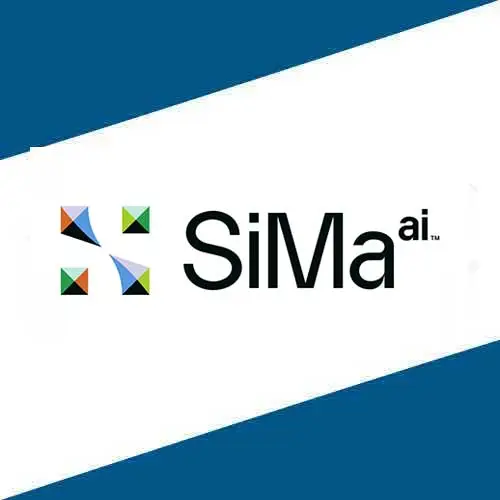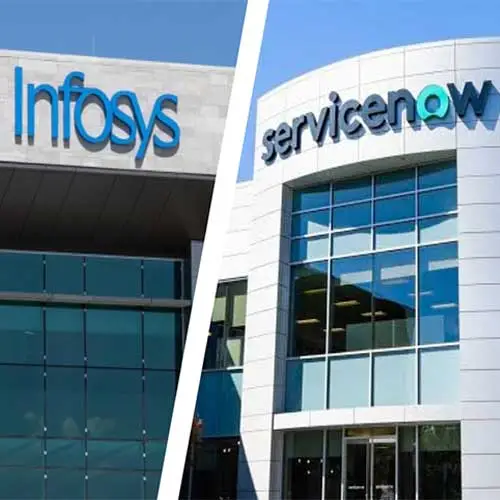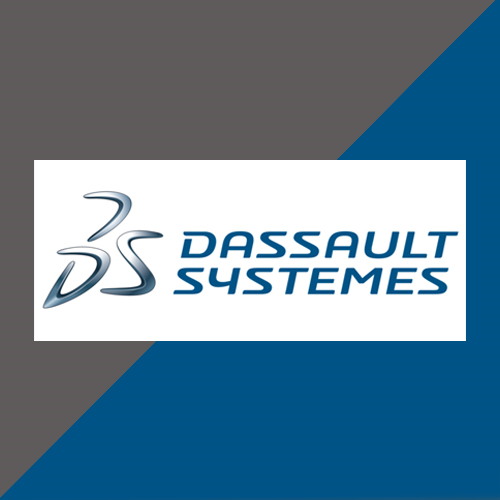Malicious attacks and cyber frauds growing rapidly

Parvinder Walia
President of Asia Pacific and Japan (APJ), ESET
“The pandemic has created additional considerations for cybersecurity. Globally, businesses have adapted by embracing technology to provide connectivity to networks, videoconference, collaboration tools and cloud services, so employees can work from home. However, not all employees have the feasibility to bring their corporate computers home. This has resulted in many businesses allowing or relaxing their BYOD policy.
At the beginning of the pandemic, ESET had extended free trials for our security solutions including those that are designed to protect home devices, so our customers and their employees remained protected from cyberthreats.
Businesses should also adopt a Zero Trust model where access to corporate network and data must be backed by multi-factor authentication to certify a user’s identity. As devices no longer resides within the four walls of the office, there is also a higher risk of business data being lost or stolen. This can be minimized by encrypting disk systems on devices as well as data passing through company servers using solutions such as ESET Full Disk Encryption and ESET File Security.
Other than that, phishing is one of the most common avenues used for ransomware attacks. Solutions like ESET Mail Security can help block spam emails and malware at the server level before they reach mailboxes. Businesses must also ensure cloud productivity applications such as Microsoft 365 are protected as these applications often allow the storage and exchange of sensitive data.
Going through vast numbers of samples to determine if a threat is present requires technology and this is where Machine Learning play a crucial part in cybersecurity. At ESET, we have been using Machine Learning in our products since the 90s and the latest iteration, Auger, uses the combined power of deep learning, long short-term memory and a selected group of six classification algorithms. This allows our security solutions to swiftly and accurately label samples as clean, potentially unwanted or malicious with high detection rates and lowest possible number of false positives.
While ML has greatly improved a business’ capability to combat cyberthreats, it is not a silver bullet as cybercriminals are constantly looking for new ways to exploit vulnerabilities. Therefore, ESET has always advocated for a more balanced approach to cybersecurity. We do so through the use of multi-layered technologies that leverage Machine Learning along with other detection and prevention technologies as well as human expertise.”
See What’s Next in Tech With the Fast Forward Newsletter
Tweets From @varindiamag
Nothing to see here - yet
When they Tweet, their Tweets will show up here.







